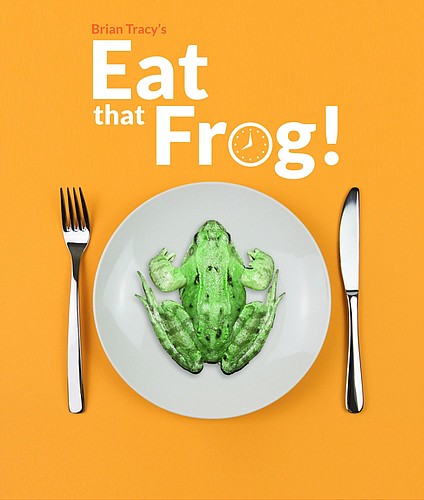- December 18, 2025
-
-
Loading

Loading

It comes off as a joke, a bit of gallows humor, when author Brian Tracy describes how growing up poor shaped his life. “By age 10 my parents could no longer afford to buy me clothes or school materials,” Tracy tells me. “So I made up our family song, and called it We Can’t Afford It, We Have No Money.”
Tracy, more seriously, also says “survival is a real good motivator.” That’s how, and why, he started his first job: bagging leaves and mowing lawns in his native Vancouver, Canada, when he was a kid in the 1950s. Some 60 years later he is a world-renowned author, leadership coach and motivational speaker. He’s probably most famous for his book “Eat That Frog! 21 Great Ways to Stop Procrastinating and Get More Done in Less Time.”